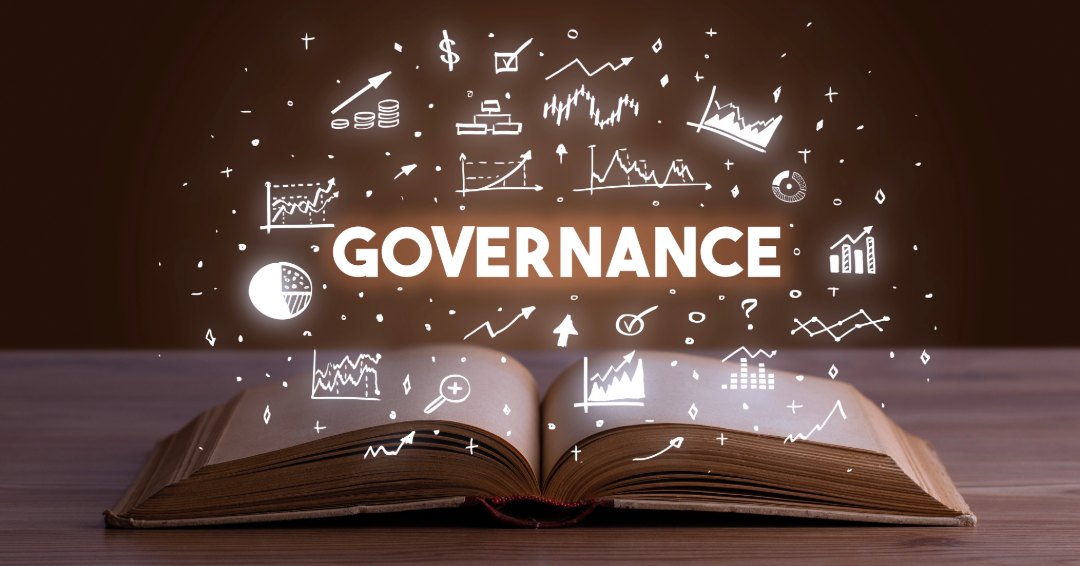In the fast-paced world of corporate governance, the pressure to manage compliance, assess risks, and make data-driven decisions has never been greater. Traditional governance practices, which rely heavily on manual processes and human oversight, are struggling to keep up with the complexity and volume of modern-day demands. Enter artificial intelligence (AI) and automation—technologies that are reshaping governance practices and offering businesses new tools to streamline operations, enhance compliance, and better assess risks.
In this article, we explore how AI and automation are revolutionizing governance, from automating compliance checks to enhancing risk assessment. We’ll dive into real-world examples, case studies, and the benefits of integrating AI-driven solutions into governance practices.
1. AI in Governance: Revolutionizing Compliance
One of the primary areas where AI and automation are making a significant impact is in compliance management. Traditionally, compliance checks have been labor-intensive, involving manual monitoring, data entry, and complex reporting. As regulations become increasingly stringent and the volume of required documentation rises, businesses are finding it more difficult to ensure full compliance.
AI-powered tools are enabling organizations to automate these processes, reducing human error and increasing efficiency. For example, AI compliance platforms can scan vast amounts of data and cross-check it against evolving regulatory requirements in real time. This eliminates the need for manual checks, ensuring faster, more accurate compliance assessments.
Case Study:
HSBC, one of the world’s largest banking and financial services organizations, has implemented AI technology to streamline its compliance processes. Using AI-driven tools, the company can monitor and flag suspicious activities, such as money laundering, with a level of precision and speed that would be impossible with traditional methods. For more details, explore this HSBC AI-driven compliance solution.
Additionally, automation for compliance also reduces the strain on compliance teams, allowing them to focus on more strategic tasks. Instead of spending hours on manual checks, AI tools can provide compliance reports, audit trails, and alerts, giving teams more time to address any potential issues before they become problems.
2. Automation in Risk Assessment: Enhanced Accuracy and Speed
In governance, risk assessment is another critical area that benefits from automation. Traditionally, risk management required significant human input, relying on subjective judgments and historical data. While these methods have served businesses well in the past, they are not sufficient for managing the complex, rapidly changing risks that organizations face today.
AI and automation are changing this by providing more accurate, data-driven insights. For example, AI algorithms can analyze patterns across large datasets, identify potential risks in real-time, and even predict future risks based on historical trends. This allows businesses to act proactively rather than reactively, minimizing the impact of risks on their operations.
Case Study:
BlackRock, the world’s largest asset management firm, uses AI-driven risk management tools to assess and mitigate financial risks. The company’s Aladdin platform leverages machine learning to analyze market trends, forecast risks, and provide investment strategies tailored to risk profiles. This advanced technology enables BlackRock to make data-driven decisions that align with governance and regulatory frameworks. You can read more about Aladdin’s risk management capabilities here.
Furthermore, automation in risk management ensures that businesses are constantly monitoring for emerging risks, such as cybersecurity threats or market shifts, and can adapt quickly to mitigate those risks before they escalate.
3. AI-Powered Tools: Enhancing Decision-Making in Governance
Another critical aspect of governance is decision-making. Whether it’s a board meeting, strategic planning session, or regulatory filing, making informed decisions is crucial to ensuring a company remains compliant and sustainable. AI-powered decision-making tools are helping businesses enhance their governance processes by providing real-time data analysis, insights, and predictive models that guide decisions.
AI can process vast amounts of structured and unstructured data—such as financial records, legal documents, and market reports—at unprecedented speeds. It can also assess historical trends to predict future outcomes, allowing governance teams to make proactive, data-backed decisions. This reduces the reliance on subjective judgment and enables better transparency in decision-making processes.
Case Study:
IBM’s Watson is one example of how AI can support governance decisions. Watson’s natural language processing capabilities enable companies to analyze vast amounts of unstructured data, such as regulatory documents and contracts, to ensure compliance and inform decision-making. In a recent project, IBM worked with the Australian Securities and Investments Commission (ASIC) to use AI in regulatory assessments, speeding up the decision-making process while ensuring greater accuracy. Read more about Watson’s role in governance here.
4. Improving Efficiency and Transparency
AI and automation also bring tangible improvements in efficiency and transparency. By automating repetitive tasks, governance teams can focus on higher-value activities, such as strategic planning, stakeholder engagement, and risk mitigation. The transparency that AI tools provide helps ensure that decisions are based on objective data rather than personal biases or incomplete information.
For example, AI-powered audit systems can automatically flag anomalies in financial records, helping organizations ensure that their financial reporting remains transparent and in line with governance standards. This improves trust and accountability, both internally and externally.
Case Study:
PwC has developed an AI-powered auditing platform called Halo that allows for continuous audit processes, reducing the time spent on manual reviews and improving the accuracy of audits. This system also enhances transparency by providing real-time insights into financial data. To learn more about PwC’s AI tools, check out this article on Halo’s impact on auditing.
5. AI and Automation in Corporate Governance Compliance
Corporate governance also benefits from AI and automation by simplifying the compliance requirements associated with board meetings, financial disclosures, and shareholder communications. For example, AI systems can assist with compiling required filings, tracking board resolutions, and ensuring that all corporate governance processes are in line with regulations.
Automation tools can also help ensure that all directors and officers have completed their training and are up to date on governance best practices. These tools can generate alerts and reminders, helping companies stay ahead of compliance deadlines and avoid costly penalties.
How MPG Leverages AI and Automation for Governance Excellence
At MPG (My Premium Governance), we are committed to enhancing governance practices through the integration of cutting-edge technologies like AI and automation. By leveraging these technologies, MPG offers businesses the tools they need to streamline compliance checks, enhance risk management, and improve overall governance efficiency. Our platform helps businesses navigate the complexities of modern governance while ensuring transparency, accuracy, and data-driven decision-making.
MPG’s focus on AI-driven tools ensures that businesses stay ahead of regulatory changes, manage risks proactively, and make informed decisions that align with governance best practices. We believe that AI and automation are the future of governance, and we are proud to provide our clients with the solutions they need to thrive in an increasingly complex environment.
The Future of Governance with AI and Automation
AI and automation are fundamentally changing the way businesses approach governance. From automating compliance checks to providing data-driven risk assessments and enhancing decision-making, these technologies are offering organizations more efficient, transparent, and proactive solutions. As businesses continue to face evolving regulatory requirements and complex governance challenges, AI and automation will be key to staying competitive and compliant.
At MPG, we are embracing these technologies to enhance governance practices and empower businesses to meet the demands of the future. Explore MPG today and discover how we can help you transform your governance processes.
By integrating AI and automation into governance practices, businesses can improve efficiency, reduce risks, and ensure compliance—all while making smarter, data-driven decisions. Visit MPG to learn more about how we’re shaping the future of governance with advanced technologies!

